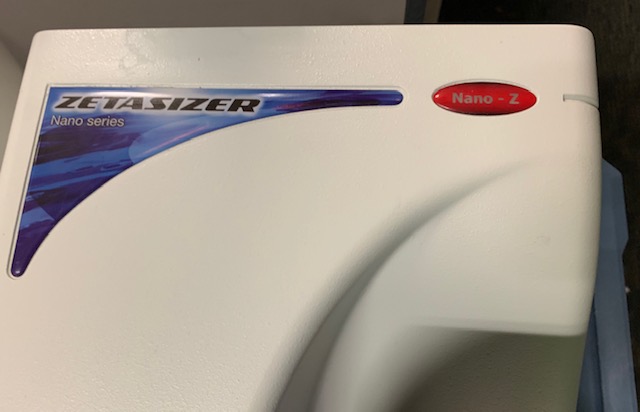


size, degree of aggregation, morphology, zeta potential, purity, surface chemistry, and stability). Recent research focuses on either collection of empirical data (e.g., removal of a specific NP through water or soil matrices under variable experimental conditions) or precise NP characterization (e.g. There is a recognized need to understand and predict the fate, transport and bioavailability of engineered nanoparticles (ENPs) in aquatic and soil ecosystems. Chemical and physical alteration of nanomaterials in the environment must be examined to understand fate, mobility, and toxicology. = inner-sphere sorption complexes within 1 day of reaction and these sorption complexes were maintained through the 12 month aging processes. Quantitative analysis of nanoparticle size, shape, and surface coating demonstrated the importance of ligand stability and particle surface area for the prediction of nanoparticle more » stability. A linear relationship between particle surface area and the CCC was discovered and was found to be independent of nanoparticle shape. Stable nanoparticle suspensions prepared with long chain ligands (C11) were used to characterize nanoparticle stability as a function of size and shape. Ligand dissociation has been shown to be a primary mechanism for nanoparticle aggregation when short-chain (C2-C6) ligands are used in the ligand shell. The stability of the ligand coatings were characterized as a function of time, pH, and ionic strength. These investigations characterized the instability of the ligand coatings, which varied directly with chain length of the capping ligands. Nanoparticle stability was quantified using the concept of critical coagulation concentration (CCC) in solutions of sodium chloride. Precise control over the nanoparticle size, shape, and surface coating of cadmium selenide particles modified with thiolate ligands has been used to analyze the effects of nanoparticle design on their stability in aqueous environments. The library system is moving toward a modern interlibrary loan system to provide access to journal articles from any regional libraries upon request.In response to the rapid development and emerging commercialization of nanoparticles, fundamental studies concerning the fate of nanoparticles in the environment are needed.

The University Library system maintains holdings of over 1 million.

The College of Health Professions maintains a library with more than 6500 books and periodicals. The department is amassing expertise in neuropharmacology, cardiovascular pharmacology, pharmacokinetics and pharmaceutics. NDSU is a very cooperative environment providing the opportunity to interact with diverse researchers and various laboratories. The College of Health Professions has graduate research laboratories housing a wide range of instruments and equipment including electrophysiological recording equipment, centrifuges, laminar flow hoods, tissue culture incubators, centrifuges, several high-performance liquid chromatographs, behavioral testing facilities, neurosurgical suite, animal housing facilities, cardiovascular recording equipment, radioligand and radioimmunoassay capabilities, chemical structure analysis equipment, and molecular modeling workstations. In addition, many graduate students have a research office desk. Graduate students in Pharmaceutical Sciences have their own suite of offices with individual desks and computers as well as printers and a lounge area.


 0 kommentar(er)
0 kommentar(er)
